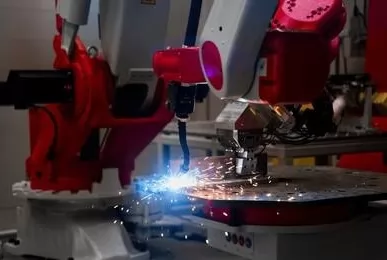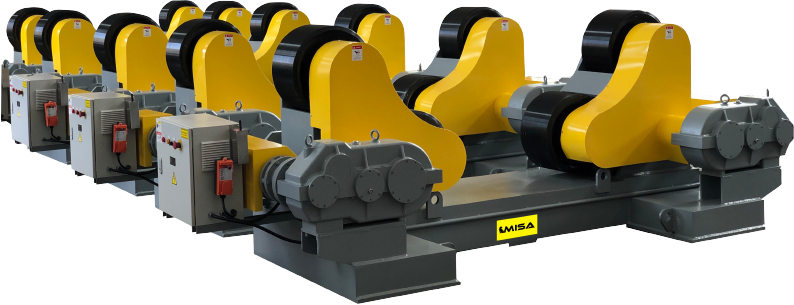


.png)
.png)
.png)


The welding industry wouldn’t have thought of the future of welding automation to be advanced 50 years before. They might have even said that it was impossible, to say the least. Fast forward to today, what could welding automation look like tomorrow? What changes can be made possible?
Welding automation will probably become integrated in routine welding processes, even in small welding shops, as welding automation technologies continue to advance and gain traction.
In this blog, we will learn and see the possibilities of automated welding in the coming years. We’ll be looking at some of the most crucial things about welding automation, such as digitization, adaptation, robotics, and many more!
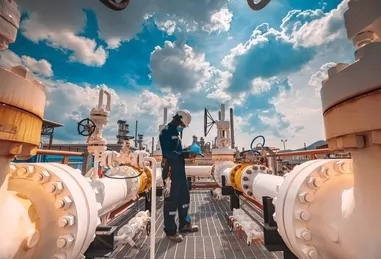
When people think of and imagine what welding automation is like, the first image that comes to mind would often be a production line filled with robotic arms tirelessly welding away.
https://youtu.be/bmFYhnPPNkg?si=hIf12OB8Rlcpcd04
However, welding automation encompasses more than just robots, even though they are often a key component in these systems, they’re not the only important things.
A range of tools created to improve the welding process' accuracy, uniformity, and efficiency are used in welding automation. To give you an idea, this includes:

Yes, you read that right. Welding automation is divided into two categories: semi-automated and fully automated welding. So, how are they different and which one do you get for your business processes? Let’s take a look at each of them and try to compare them from one another.
In the realm of welding automation, fully automated systems are frequently regarded as the height of accuracy and efficiency, especially in sectors like the car manufacturing industry where mass output is essential.
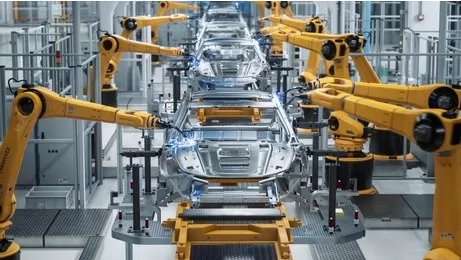
These systems are made to manage every step of the welding process, including part loading and unloading, fixture control, welding execution, and quality control inspection of the finished product.
Fully automated welding guarantees consistent outcomes with little human intervention; it is usually used in large-scale operations where repeated activities are frequent.
On the other hand, semi-automated welding finds a middle ground between automation and the requirement for human operators with the necessary skills. Even while these technologies need less human labor, they still need operators to monitor and direct the process—ideally skilled welders
Compared to fully automated systems, this method is cheaper and more inexpensive, and is therefore more flexible, which makes it a desirable choice for small and medium-sized enterprises.
Additionally, semi-automated welding is more flexible and versatile. This is crucial for projects and shops that have a library of work and needed results. Because of this, these systems can increase production without requiring a large amount of space or money, unlike fully automated systems.
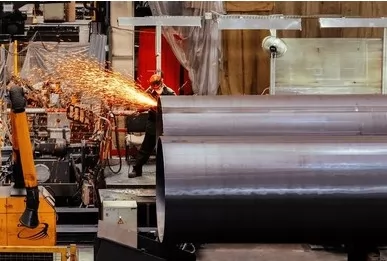
Now that we know that, let’s briefly discuss the pros and cons of automated welding.
https://youtube.com/shorts/uQvBRifJMYo?si=UF8xKpAO8ULxH70Z
Yes, you read it right. Just because we’re talking about the future doesn’t mean it always ends up on all green lights. Like anything else, welding automation has its fair share of pros and cons, too.
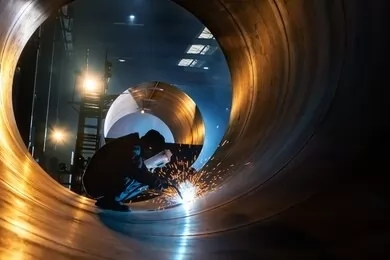
NOTE: As you can see, it’s not all rainbows and butterflies. There are certain cons related to the future of automated welding, too.
The welding industry has changed as a result of digitalization. From seeing improved efficiency, accuracy to blended new and old methods. Welders may now simulate and prepare complicated welding processes before they are executed.
So, there’ll be a waterfall of decreased errors and the no need for rework at all. This is made possible by modern software and digital instruments, changing the game and has improving the overall quality of welds.
Let’s tackle that a little bit more, shall we?
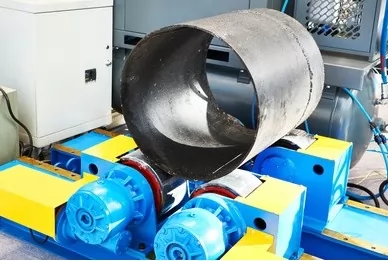
One of the key benefits of digitalization in welding is the ability to streamline workflows. Automated systems can optimize processes by providing real-time feedback on weld parameters, ensuring greater consistency and minimizing waste.
Welders can now monitor their work remotely, allowing adjustments to be made on the fly, which drastically reduces downtime. This results in faster turnaround times, especially in large-scale production environments, where every minute saved translates into higher productivity and reduced operational costs.
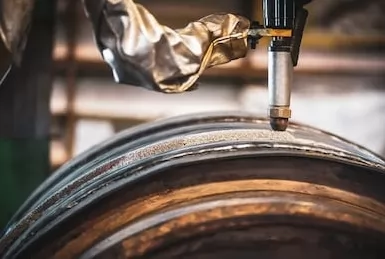
Digitalization has led to more productive welding procedures, which has significantly increased projects' total cost-effectiveness. Precise planning made possible using digital technologies results in fewer errors and improved material use.
Less rework and delays result from this, which eventually saves money. Furthermore, stronger, more dependable welds are produced by digital technology’s increased accuracy, which improves the performance and lifespan of welded structures.
Businesses can maintain an advantage in a cutthroat market by incorporating digital tools into welding with ease and delivering quality and efficiency on every project.
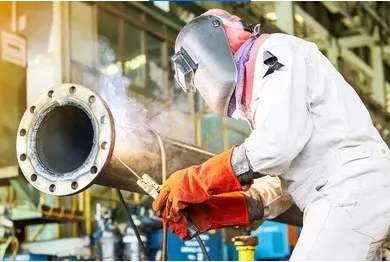
The welding industry faces a growing shortage of skilled workers, increasing the need for automation. Depending on the scale of operations, businesses may choose collaborative robots (cobots) or fully automated systems to fill this gap while ensuring efficiency and precision.
Cost remains a major challenge, but renting or leasing automation equipment provides an affordable solution. This allows companies to take on more complex projects without significant upfront investments, leading to immediate returns.
Automation offers flexibility, enabling businesses to quickly scale production and stay competitive by adapting to project demands despite workforce shortages.
Being the best in Research & Development (R&D) in the field of welding, you can count on us fully here at Misa Welding Co., Ltd. Having a total of 50+ years of combined experience, we’ll be more than happy to provide the time that you need and you’re looking for away from manual work.
We here at Misa Welding Co., Ltd. are experts in welding rotators, welding positioners, CNC flame plasma cutting machines, and many more! If you want to know more about what we have to offer, contact us!
We have an experienced team ready to provide and to assist you with the automation that you need! Get a free estimate from us, too!
